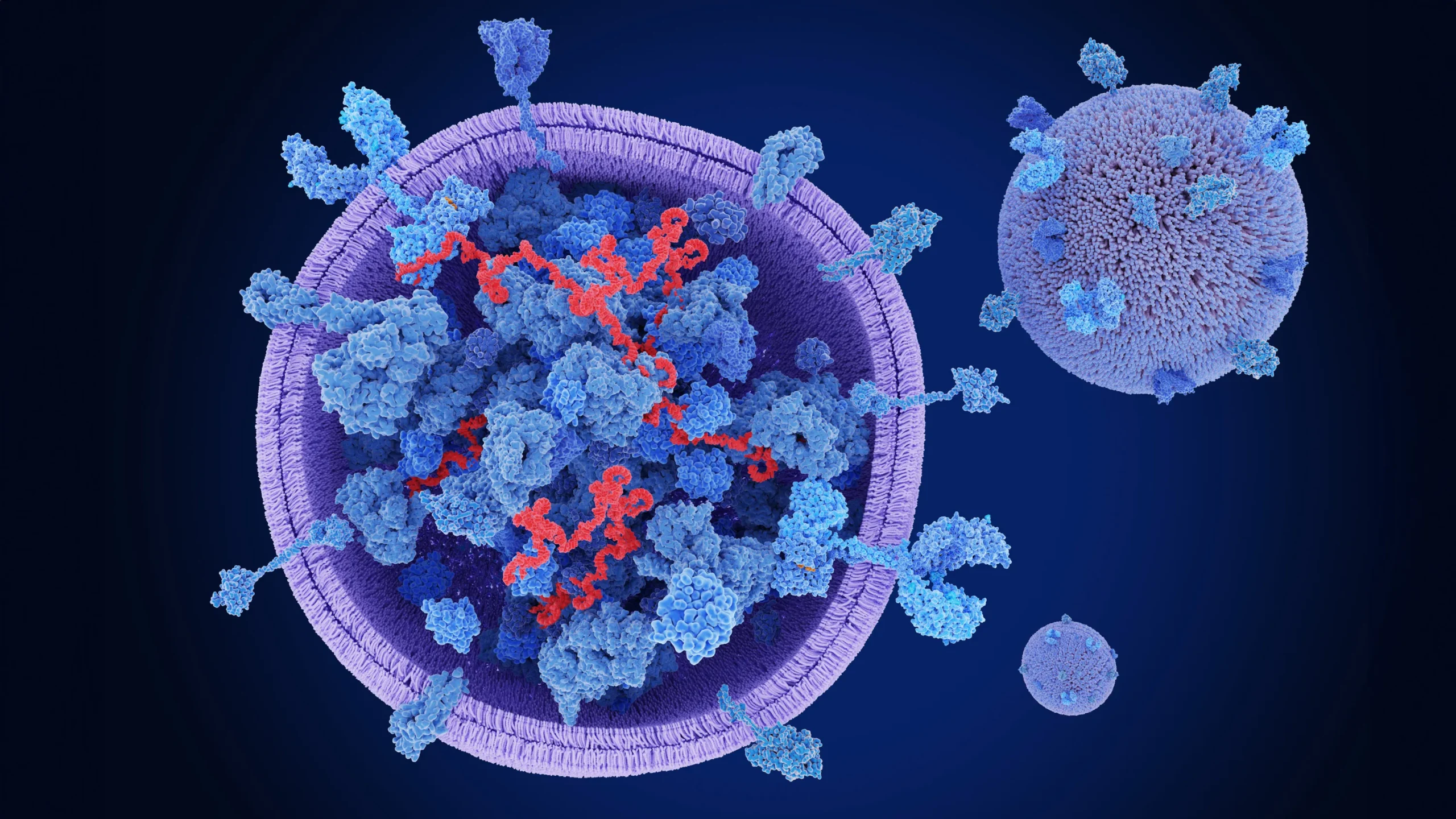Have you noticed a receding hairline, especially around the forehead or eyebrows? You're not alone—frontal fibrosing celebrity female hair loss is becoming increasingly common, even among well-known women in the public eye. This type of hair loss is subtle at first but can lead to permanent changes in your appearance. In this article, we’ll explain …
Have you noticed a receding hairline, especially around the forehead or eyebrows? You’re not alone—frontal fibrosing celebrity female hair loss is becoming increasingly common, even among well-known women in the public eye. This type of hair loss is subtle at first but can lead to permanent changes in your appearance.
In this article, we’ll explain what frontal fibrosing alopecia (FFA) is, what causes it, how it affects celebrities, and what treatments are available. Understanding the signs early can help you take control before the damage becomes irreversible.
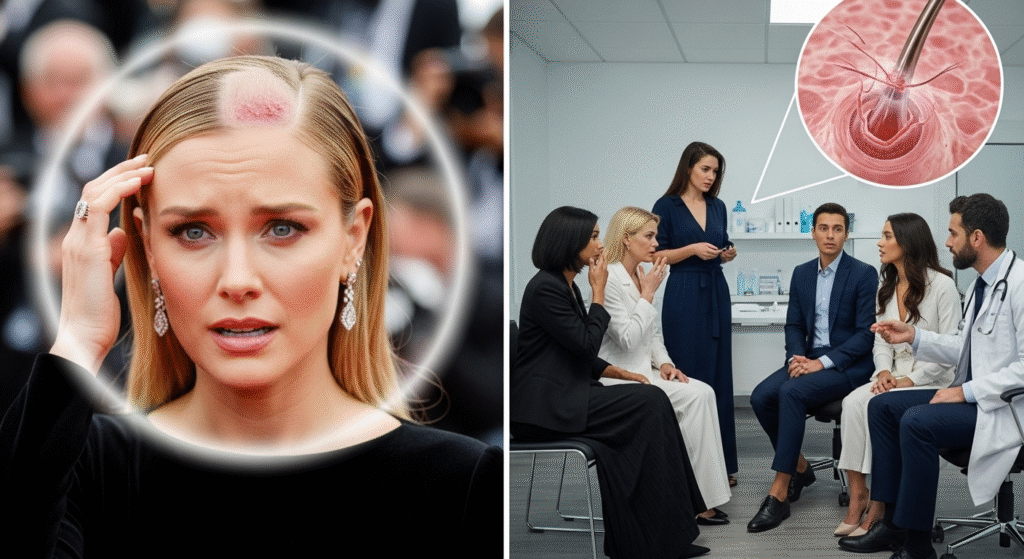
What Is Frontal Fibrosing Alopecia (FFA)?
Frontal Fibrosing Alopecia (FFA) is a type of scarring hair loss that typically causes the gradual recession of the hairline, especially around the forehead and temples. It may also involve the loss of eyebrows and body hair. FFA is a form of lichen planopilaris, a rare inflammatory condition that damages hair follicles permanently.
What makes FFA different is that it affects women—especially those over 40—and postmenopausal women most frequently. Unlike other forms of hair loss, it causes scarring, which means the lost hair doesn’t grow back.
Key characteristics of FFA include:
- A smooth, shiny area along the frontal scalp
- Loss of eyebrows, sometimes the first symptom
- No visible follicles where hair once grew
- Possible redness or itching in the affected area
Why Is FFA Becoming Common Among Celebrities?
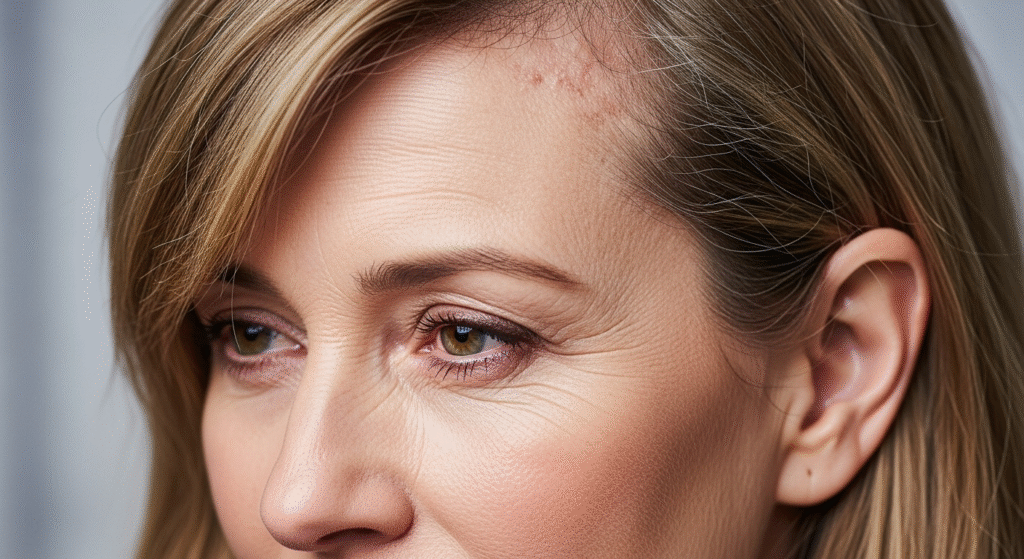
Although FFA can affect anyone, a growing number of high-profile women—including models, actresses, and influencers—are speaking out about their struggles with frontal hair loss. But why?
Possible Causes and Risk Factors
1. Hormonal Changes
FFA commonly appears after menopause, leading experts to believe that hormonal fluctuations, especially the decline in estrogen, may play a role.
2. Autoimmune Reaction
The body may mistakenly attack its own hair follicles, leading to permanent damage. This is believed to be an autoimmune-driven condition.
3. Environmental Exposures
Daily use of facial products, sunscreens, or heavy makeup applied near the hairline may be linked to FFA, especially among those in the spotlight who wear makeup frequently.
4. Hair Styling Practices
Constant use of tight hairstyles, wigs, or harsh chemicals can stress the hairline and trigger inflammation. Celebrities often undergo heavy styling, making them more susceptible.
5. Genetic Factors
While research is still ongoing, family history may contribute in some cases.
How to Identify FFA in Its Early Stages
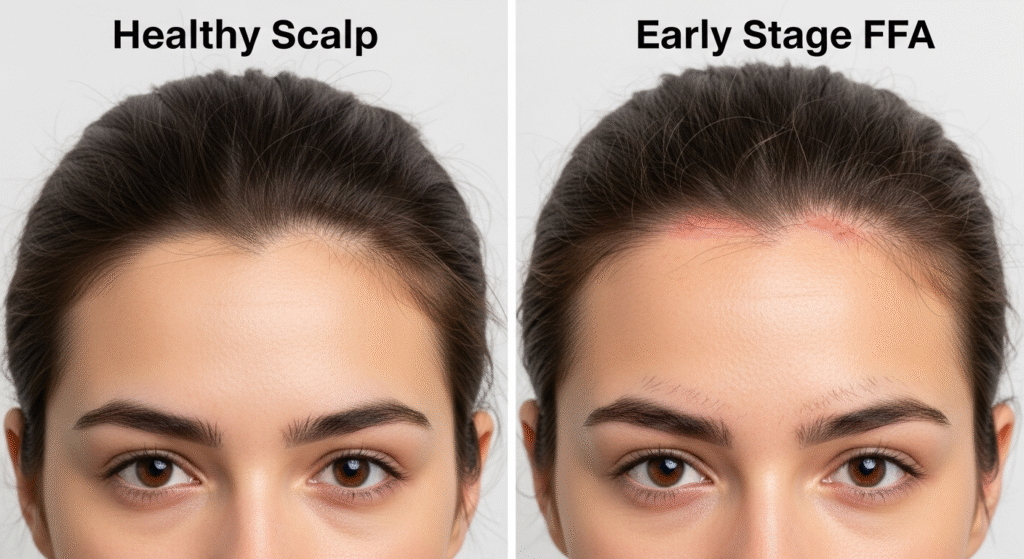
Early diagnosis is critical to stop the progression. Some signs are subtle but noticeable if you know what to look for.
Frontal Fibrosing Celebrity Female Hair Loss: Warning Signs of FFA:
- Receding hairline along the forehead or temples
- Sudden eyebrow thinning or loss
- Small red bumps around follicles (inflammation)
- A smooth, shiny appearance of the scalp
- Itching, tingling, or burning sensation
Unlike other forms of alopecia, such as female pattern hair loss, FFA affects the frontal hairline first and leads to permanent scarring if left untreated.
Pro Tip: If your eyebrow loss precedes frontal scalp loss, it could be an early indicator of FFA.
How FFA Is Diagnosed (Even in Celebrities)
A dermatologist typically conducts a visual examination followed by diagnostic testing:
Steps for Diagnosis:
- Scalp Examination: Using a dermatoscope to identify inflammation or scarring.
- Biopsy: A small sample is taken from the scalp to confirm the presence of inflammation and follicular damage.
- Blood Tests: To rule out other autoimmune disorders or hormonal imbalances.
Celebrities with access to top dermatologists usually catch the signs early—giving them better chances of halting progression.
Treatment Options for Frontal Fibrosing Hair Loss
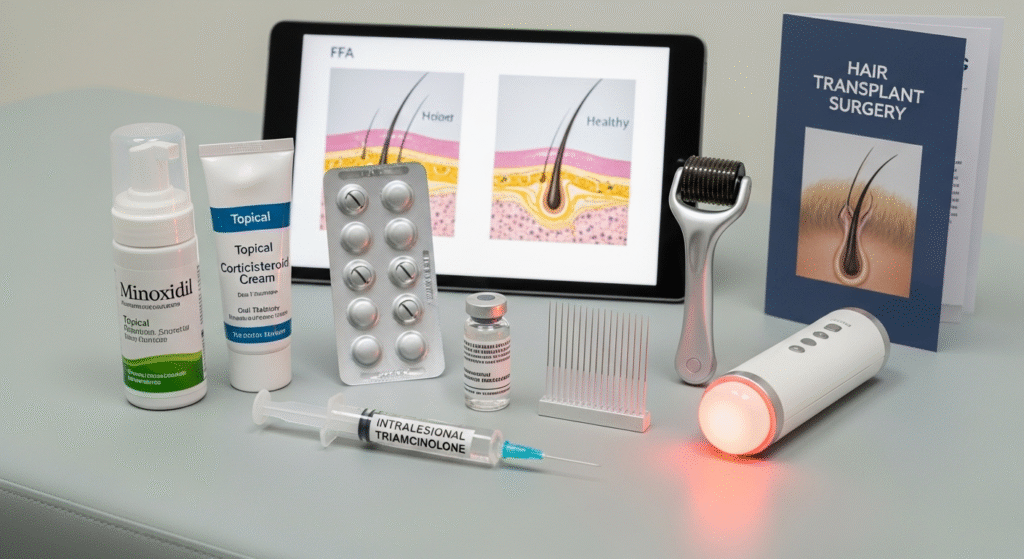
While there is no cure, early treatment can help slow down or stop further loss.
1. Topical & Injectable Medications
- Corticosteroids: Applied topically or injected into the scalp to reduce inflammation.
- Calcineurin inhibitors: Non-steroid anti-inflammatory creams like tacrolimus.
2. Systemic Treatments
- Anti-androgens: Drugs like finasteride or dutasteride to stabilize hormone-related hair loss.
- Hydroxychloroquine: Commonly used for autoimmune conditions; helps in reducing inflammation.
3. Lifestyle & Haircare Modifications
- Switch to gentle, fragrance-free hair and skin products.
- Avoid tight hairstyles, excessive heat, and chemical treatments.
- Wear sun protection (hat/scarf) instead of applying sunscreen on the hairline.
Note: Results vary by person. Hair regrowth is rare, but halting progression is possible in most cases.
How Female Celebrities Cope with FFA
Well-known women have been open about their struggles with frontal hair loss. While they may not always confirm a diagnosis of FFA, their visible symptoms align with it.
Examples:
- Naomi Campbell has battled hairline recession, likely from a mix of FFA and styling-related traction alopecia.
- Jada Pinkett Smith has openly discussed her alopecia, bringing attention to autoimmune-related hair loss among women.
Celebrities often manage FFA using a combination of medical treatment and cosmetic solutions like wigs, microblading, and hairline restoration.
Coping Emotionally with Hairline Loss
Hair loss can take a toll on self-esteem, especially for women. Here’s how many cope:
Emotional & Cosmetic Support Options:
- Microblading: Restores the look of eyebrows.
- Medical wigs or toppers: A natural-looking option to conceal loss.
- Therapy & support groups: Connect with others facing similar challenges.
- Self-care routines: Lower stress levels that may worsen autoimmune activity.
Confidence comes from taking control of your appearance and emotional well-being.
FAQs
Q1: Is FFA only common in older women?
While it mostly affects postmenopausal women, younger women can also develop it—especially under hormonal or autoimmune influence.
Q2: Can hair grow back after FFA?
No. Since FFA causes scarring, lost hair typically does not regrow. The goal of treatment is to stop further damage.
Q3: Is FFA contagious or inherited?
FFA is not contagious. There may be a genetic link, but no single gene has been identified yet.
Q4: How soon should I start treatment?
The sooner, the better. Early diagnosis allows treatments to halt the condition before extensive loss occurs.
Q5: Are men affected by FFA?
Rarely. FFA is overwhelmingly seen in women, though occasional male cases have been reported.
Take Early Action for Long-Term Confidence
If you’re experiencing a receding hairline or eyebrow thinning, don’t delay. Frontal fibrosing alopecia can cause permanent hair loss if not treated early. Just like celebrities managing their condition privately and proactively, you can too—with the right treatment, care, and support.
Book a consultation with Consult with Dr. Uzma Irfan, an ISHRS-certified surgeon in Islamabad today to get a proper diagnosis and begin treatment tailored to your needs. Preserve your hairline, protect your confidence.




